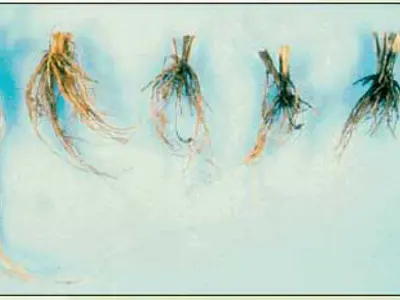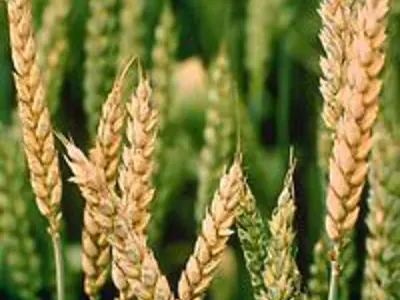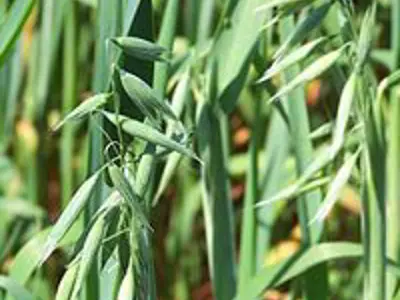Root Rot
The most common Root Rots are:
- Pythium;
- Rhizoctonia;
- Fusarium Root and Crown; and
- Take-All.
These all derive from fungi which are soil-borne and are easily transferred to the root systems of susceptible plants. Similar to Leaf Complex, there may be more than one Root Rot infecting host plants at any given time.
What are the Risks?
Spores are quickly spread by wind, water, cultivation and infected seed. Symptoms may go unnoticed or mistaken for an environmental or pesticide damage problem. Root Rots attack most cereal crops in the same fashion and reduce tillers and seed size which reduces yield and quality of grain.
Prevention
Some of the strategic methods you can take in the prevention or reduction in the effects of the Root Rots are to:
- Avoid soil compaction;
- Maintain good fertility;
- Utilize crop rotation away from susceptible plants every two years;
- Seed into warm soil to promote even germination and emergence;
- Avoid placing seed too deep; and
- Treat seed properly and according to manufacturer's specifications.
Related Links
Contact Us
Agriculture
10001 - 84 Ave
Clairmont, AB
T8X 5B2
Phone: 780-532-9727
Fax: 780-567-5576
Email: agfieldman@countygp.ab.ca
Sign up to get the Latest News
Stay up to date on the County's activities, events, programs and operations by subscribing to the County of Grande Prairie news.



